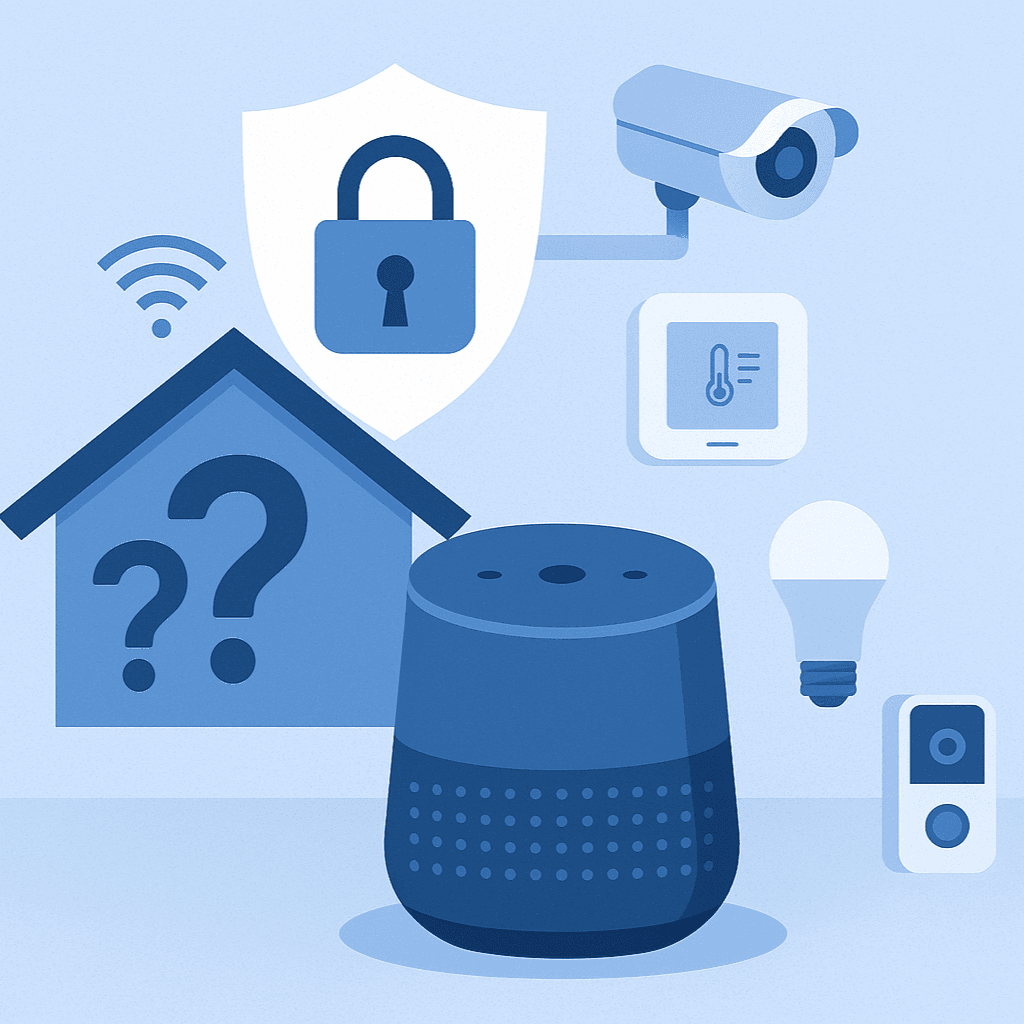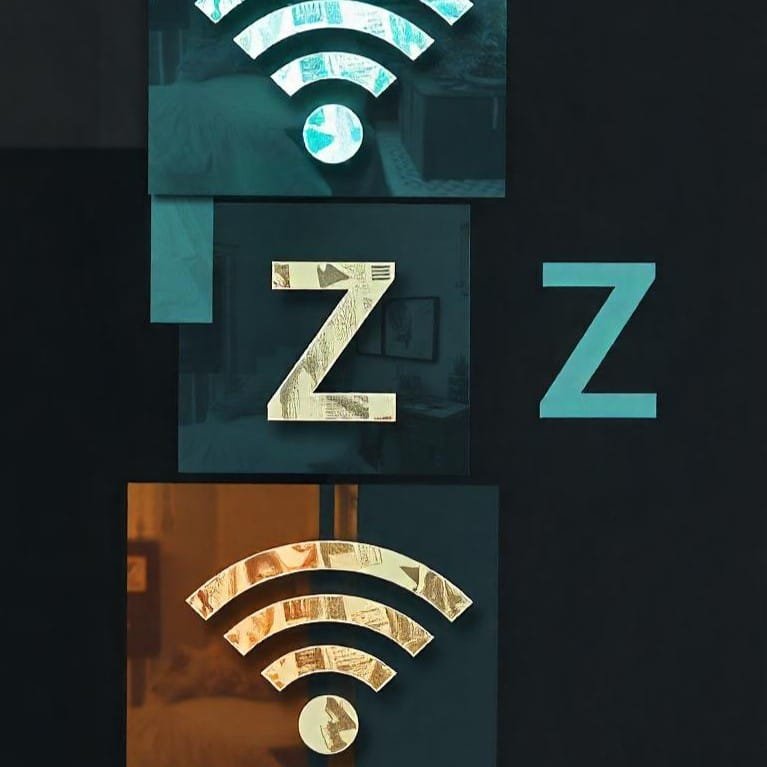When it comes to smart home technology, one of the biggest concerns for newcomers is security. With devices connected to the internet and collecting data, it’s natural to wonder: Are my data and privacy at risk? The good news is that manufacturers have made significant strides in enhancing smart device security. In this blog, we’ll explore the potential risks, what manufacturers do to protect your data, and the steps you can take to ensure your smart home is secure.
The Security Landscape of Smart Home Devices
Smart home devices are generally safe to use, but like any internet-connected technology, they’re not completely immune to risks. Understanding the potential vulnerabilities is the first step to protecting your data.
Common Security Concerns:
- Hacking Attempts
- Cybercriminals might try to access devices through weak passwords or outdated software.
- Data Collection
- Smart devices often collect usage data to improve functionality, but this can raise privacy concerns if mishandled.
- Eavesdropping
- Devices with microphones, like smart speakers, can unintentionally record conversations if triggered accidentally.
How Manufacturers Protect Your Data
- Encryption
- Most smart devices encrypt data, making it unreadable to unauthorized users.
- Regular Firmware Updates
- Manufacturers release updates to fix vulnerabilities and enhance security.
- Two-Factor Authentication (2FA)
- Many brands now offer 2FA to add an extra layer of protection for user accounts.
- Privacy Policies
- Reputable brands are transparent about how they collect, store, and use your data.
Steps You Can Take to Secure Your Smart Home
- Secure Your Wi-Fi Network
- Use a strong, unique password for your router.
- Enable WPA3 encryption for better security.
- Change Default Passwords
- Always replace default passwords on your devices with strong, unique ones.
- Enable Two-Factor Authentication (2FA)
- Activate 2FA for your smart home accounts to prevent unauthorized access.
- Keep Software Updated
- Regularly check for firmware updates in the companion apps and install them promptly.
- Segment Your Network
- Create a separate Wi-Fi network for your smart devices to isolate them from your main network. (Find out how to do this here. )
- Review Privacy Settings
- Adjust privacy settings in the device app to limit data collection.
- Turn Off Unused Features
- Disable features like microphones or cameras when they’re not needed.
- Purchase from Trusted Brands
- Stick to reputable manufacturers with a proven track record of security and privacy measures.
Are Smart Home Devices Truly Safe?
While no device is 100% secure, following best practices and choosing quality products significantly reduces risks. Smart home technology continues to improve in terms of both functionality and security, with leading brands prioritizing user privacy.
Common Misconceptions About Smart Device Security
- “Smart devices are easy to hack.”
- While vulnerabilities exist, the likelihood of being targeted is low if you follow security protocols like strong passwords and regular updates.
- “Smart speakers are always listening.”
- Devices like Alexa and Google Assistant are programmed to activate only when they hear their wake word. You can also review and delete stored recordings in the app.
- “My data will be sold to third parties.”
- Reputable brands outline their data usage policies and often provide opt-out options for data sharing.
Final Thoughts
Smart home devices can be secure if you take the right precautions. By choosing trusted brands, keeping your devices updated, and following best practices like using strong passwords and 2FA, you can enjoy the benefits of a connected home without sacrificing your privacy or data security.
Looking for secure smart devices? Check out our recommendations for products with top-notch privacy features!
Read this related content – The Importance of Home Network Security: Why You Should Separate Your Smart Home and IoT Devices
Next in our blog series: “What Happens If My Internet Goes Down—Will My Smart Home Still Function?”




